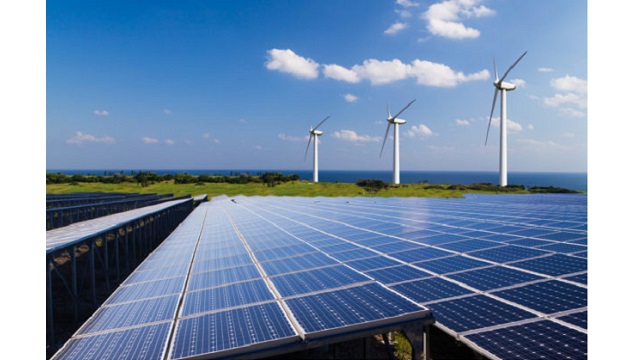Around 46,000 Megawatt (Mw) of fresh renewable energy generation capacity is likely to be set up in Gujarat by 2030 taking the share of green energy in the state’s total capacity to 70 per cent, according to a study released today.
“Although Gujarat has incurred the cost of the recent bailout of its imported thermal coal capacity, refocusing efforts on continuing it’s already promising renewable Capacity additions would see the state come out on top as the country’s renewable leader,” said Tim Buckley, co-author of the report and Director at Institute for Energy Economics and Financial Analysis (IEEFA) which published the study.
He added the Indian government has identified the need to reduce its exposure to imported fossil fuels including oil, coal and gas, setting the stage for a massive transformation across the country.
“The government knows an over-reliance on imported fuels adversely affects India’s trade account deficit and puts the country’s energy security at risk,” he said. “Setting an ambitious new renewable energy target of 523,000 Mw by 2030 is a clear indication by the central government of the direction the states must pull towards.”
Gujarat lifted its renewable energy target to 30,000 Mw from 17,000 Mw in July 2019. The state could be more ambitious, with the Ministry of New and Renewable Energy estimating the state’s renewable energy potential to be 72,700 Mw, equally balanced between solar and wind energy potential.
IEEFA models renewables additions of 4,000-5,000 Mw annually to ensure all of Gujarat’s incremental demand going forward is supplied by renewables. This would be a dramatic shift in Gujarat’s electricity sector composition, with renewables forming 70 per cent of its capacity and 48 per cent of generation by 2029-30, IEEFA said.
The incorporation of nearly 55,000 Mw of intermittent renewable energy on Gujarat’s electricity network would require very active measures and investment on the grid integration and balancing front.
IEEFA recommends a multi-technology approach with storage solutions of pumped hydro and battery storage, flexible gas peakers, demand response management, faster ramping coal power, solar thermal with storage, rooftop solar plus behind-the-meter storage, as well as continued grid expansion and modernisation.
The research body also said Gujarat is well in the race for building renewables capacity between states such as Tamil Nadu, Karnataka, Maharashtra, Andhra Pradesh and Rajasthan with similar renewable energy potential.
The state is also taking the leadership position in preparing for a massive investment in offshore wind as a step change in cost reductions is achieved over the coming decade, IEEFA said, adding that this will provide another domestic source of zero emissions generation capacity.








